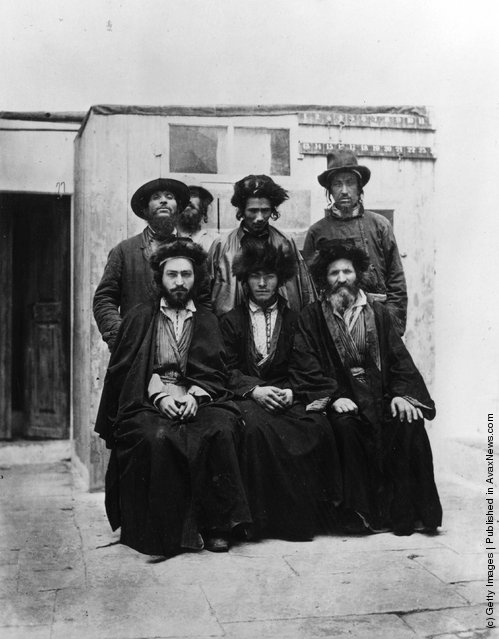01 Aug 2011 11:26:00,post received
0 comments
Details
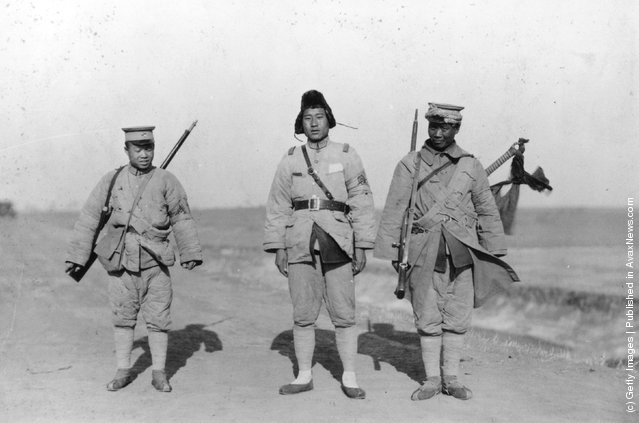
Three Chinese soldiers at the time of a civil war in China. (Photo by General Photographic Agency/Getty Images). 1922
27 Sep 2011 13:47:00,post received
0 comments
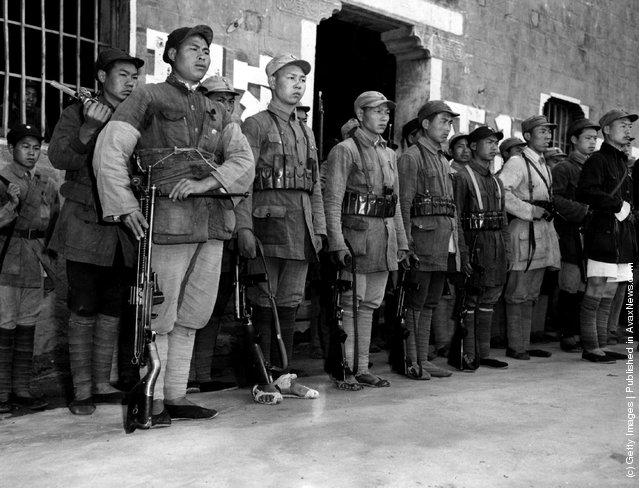
Members of the Communist New Fourth Army on parade. Note how the modern equipment contrasts with the shoeless soldiers in the foreground. (Photo by Hulton Archive/Getty Images). 6th July 1946
28 Sep 2011 11:57:00,post received
0 comments
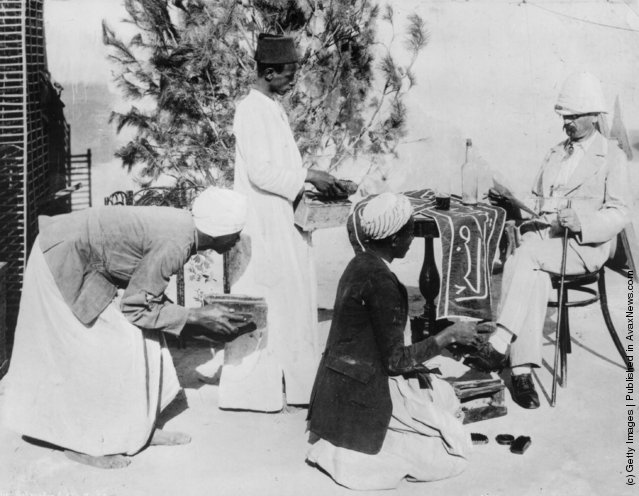
Egyptian bootblacks cleaning a European's shoes in Cairo. (Photo by Hulton Archive/Getty Images). Circa 1870
24 Mar 2011 15:55:00,post received
0 comments
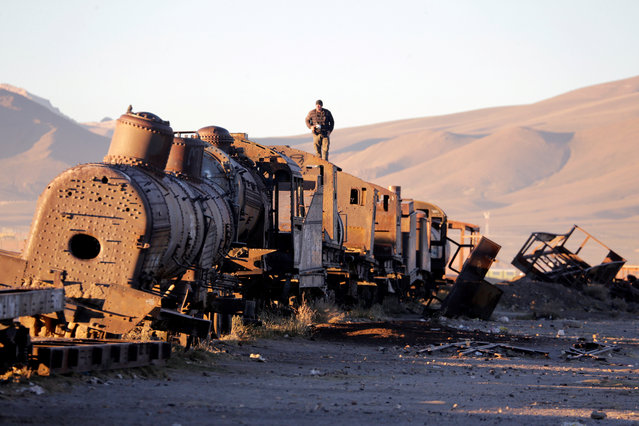
A man stands on an old train of Bolivian Railways Company from 1870-1900 at the train cemetery in Uyuni, Potosi, Bolivia on May 16, 2018. (Photo by David Mercado/Reuters)
18 May 2018 00:05:00,post received
0 comments
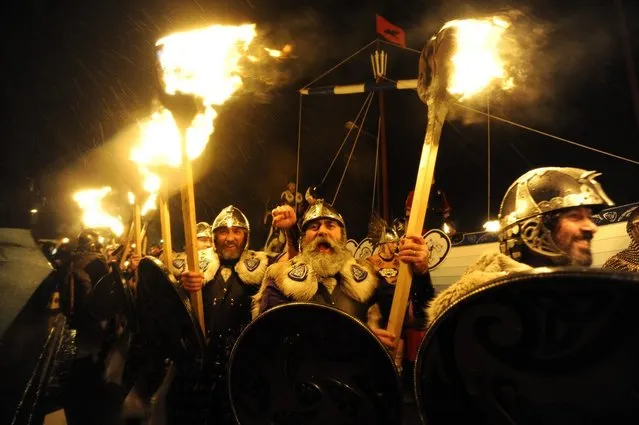
Members of the 2013 “Jarl Squad” take part in the annual Up Helly Aa festival which culminates in the burning of a Viking Galley in Lerwick, Shetland Islands on January 29, 2013. Up Helly Aa celebrates the influence of the Scandinavian Vikings in the Shetland Islands and has employed this theme in the festival since 1870. The event culminates with up to 1,000 “guizers” (men in costume) throwing flaming torches into their Viking longboat. (Photo by Andy Buchanan/AFP Photo)
30 Jan 2013 09:29:00,post received
0 comments
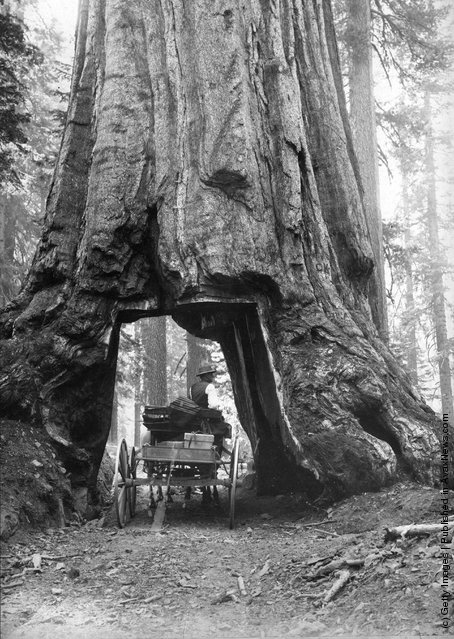
A horse-drawn cart passing through a section cut out of the base of a giant sequoia tree in the Mariposa groves of Yosemite Park, California. (Photo by Carleton E Watkins/Getty Images). 1870
07 Jul 2011 10:16:00,post received
0 comments
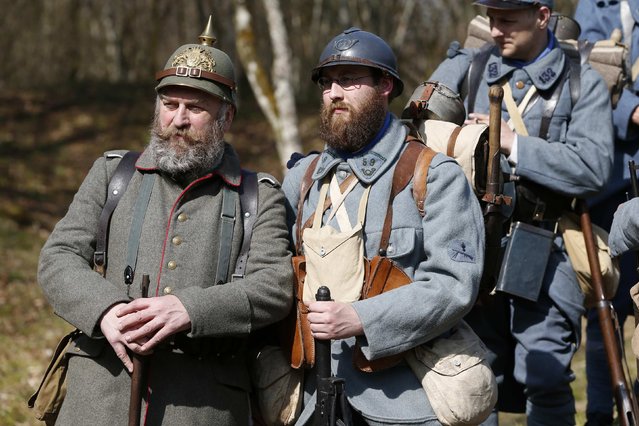
Wolfgang (L), member of World War One historical association “Darstellungsgruppe Suddeutsches Militar 1870-1918” (DSM 18), from Munich, Germany, and Florent, member of French association “Le Poilu de la Marne”, dressed in vintage army uniforms, visit the Bezonvaux bunker in the national forest of Verdun, eastern France, March 29, 2014. Members of French and German historical associations, who gather annually, together visited the battlefield of Verdun in France, the site of a bloody World War One battle that dragged on for around 10 months in 1916, claiming hundreds of thousands of lives and destroying many villages. (Photo by Charles Platiau/Reuters)
10 Apr 2014 10:49:00,post received
0 comments

